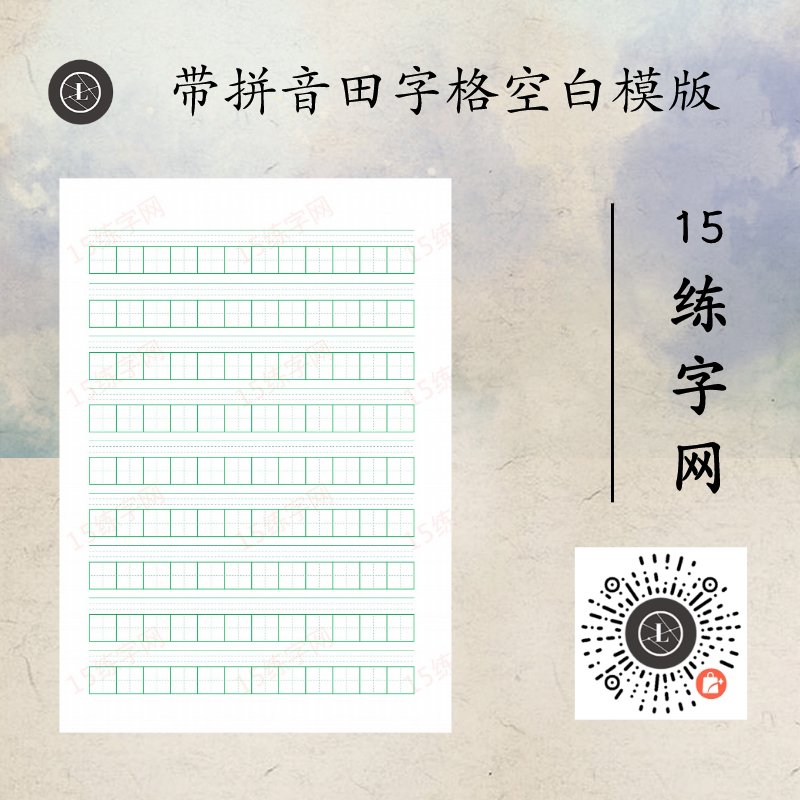What is the best age to learn hard-tipped calligraphy?

The best time for children to learn hard-tipped calligraphy is when they are six to seven years old
Generally speaking, the critical period for practicing calligraphy is in primary school. Going further, it is best to start practicing in kindergarten classes. It is better to develop the correct sitting posture and pen-holding posture from the beginning than to correct it after making mistakes. Of course, if you find that handwriting is poor at all ages, it is best to take training classes in time to improve it. I encourage students to practice calligraphy with hard pen first and then with calligraphy. This is more in line with the educational rule of starting from the shallower to the deeper and step by step. Judging from my more than ten years of teaching experience, the lower grades of primary school write pencil and pen calligraphy first, which is most closely related to learning. If the child can write well with handwriting, he will have confidence in the class, and of course he will become interested in calligraphy. At this time, he will consider learning calligraphy. There is a phenomenon that I want to tell all parents. Some children have never learned to write with a hard pen and directly learn to write a brush. After learning the brush for a few years, they are pretty good, but they cannot write well with a fountain pen. This phenomenon is quite common. In short, the calligraphy pen is more artistic, more difficult, and takes longer to write well, while the hard pen is more practical, simpler, faster, and more closely related to studying for exams.
There are many benefits for children to learn "hard-tipped calligraphy"
1. Improve personal cultivation and cultural quality
Learning calligraphy enables students to improve their aesthetic ability and comprehensive cultural and artistic literacy, and form calligraphy expertise and hobbies; writing is a basic skill for primary school students. Writing better than ordinary students can easily gain the favor of teachers and the prestige of the class, which can increase children's self-confidence. . Children receiving good calligraphy education from an early age can not only improve their calligraphy literacy and artistic accomplishment, but are also of great significance in cultivating a rigorous and down-to-earth learning attitude and the ability to consciously study hard. At the same time, it also plays a subtle role in the formation of a person's cultural literacy, moral sentiments, and character.
2. Promote healthy physical and psychological development
Calligraphy teaching activities can stimulate children's curiosity for knowledge. Observation and analysis of copybooks, thinking and understanding of the writing process, and evaluation and reflection on calligraphy exercises will help to comprehensively improve children's thinking ability. Writing with a brush can promote the healthy physical and psychological development of children. Writing with a brush can be regarded as an operational process. During this kind of operation, the nerves need to be continuously transmitted, and the operation feeling of the hand is transmitted to the brain in time. The brain's thinking activity continuously issues instructions to correct and improve the operation process. Children gradually learn logical and positive thinking during operational activities, so writing calligraphy can promote the healthy physical and psychological development of children.
3. Cultivate children’s endurance and self-confidence
Many parents feel that their children are particularly naughty and cannot calm down, which is not conducive to the study of cultural courses. Learning calligraphy can help students improve their concentration, because learning calligraphy requires the full input of the brain, eyes, and hands, so that students can develop the habit of concentrating on learning. .
4. Develop intelligence and cultivate coordination
The practice of calligraphy is a vivid and dynamic system that always requires concentration and writing each word well. It requires the brain to direct the hands and eyes to complete it, and the different movements of the hands and the coordination with the whole body. Develop the skills of the left and right hemispheres of the brain simultaneously and enhance mutual coordination. Countless examples have proven that children who have learned calligraphy are significantly better than ordinary children in terms of understanding, acceptance, imagination and creative thinking abilities.
5. Improve people’s overall abilities
We assume that there are two people with the same education, experience, and the same job. But one of them has practiced calligraphy, and the other has not. It is very likely that the former's perspective, method, vision and realm of thinking and handling things are higher than those of the latter. If he can view and handle things with an artistic perspective, he is likely to achieve greater success. We have discovered that among the primary and secondary school students around us who are good at calligraphy, they are often students with excellent grades in school.








